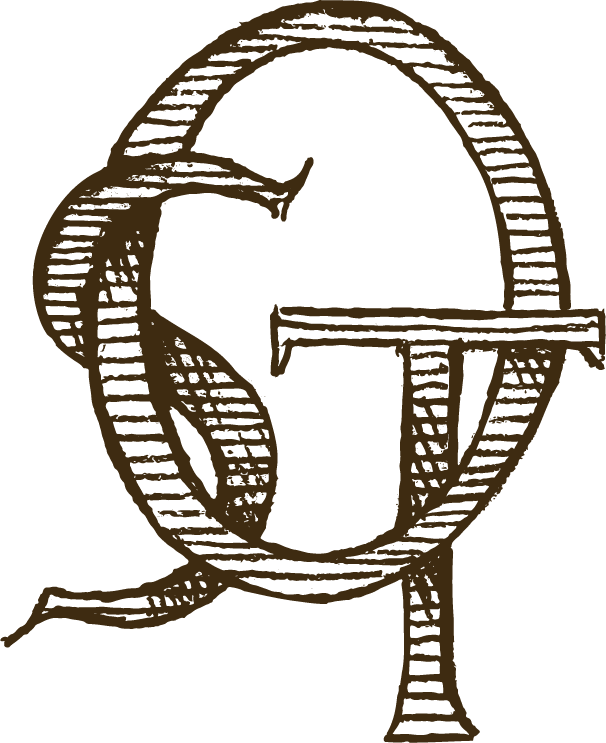First Person.
Why I Make Jackets.
by Alena Saunders
Quilting has always been in my family. In fact, making has always been in my family. All her life my grandmother was a maker— from a young age, on the plains of South Dakota, she knitted sweaters and crocheted oven mitts and sewed dresses and ballet costumes and quilts. I remember her crouched over her sewing machine, in a room in the basement of her home in Rapid City, pins in her mouth, muttering to herself.
And when I started to create things, I also thought of my grandfather, a cattle
dealer, who traveled across South Dakota, Montana, and Wyoming. Pictures of him and his father (also a cattle dealer) served as an inspiration for my work; their look
was always crisp but truly utilitarian— everything had a function.
While living in Atlanta, I began working with natural dyes. I spent hours roaming around the woods a few blocks from my house in Ormewood Park, cutting lines of kudzu and digging up Georgia red clay. I began experimenting, researching, suddenly seeing color, the potential for color, everywhere. I bought yards of fabric and began dyeing every day.
I started out making quilted jackets, made using naturally dyed
canvas. I was, in my own way, looking to my past, hoping to meld the artistry of my
grandmother’s handiwork with the function and pared-down style of my grandfather. This work also became a way of connecting with the land I had so long taken for granted. Later, when I moved to Upstate New York, I started using staghorn sumac, pine needles, acorns.
When I moved to LA, I couldn’t dye in my small, hot apartment. In a Goodwill outlet, seeing the bins piled high with discarded, unwanted clothing, I thought that, instead of making my own fabric I might start with something discarded and… make-do. My aspirations were higher, actually: to take something modest and turn it into something that someone might treasure, something that someone might be able to love, something they could
hold onto for the rest of their lives.
These jackets are made from reclaimed denim, and are quilted using a variation of the Drunkard’s Path pattern.




